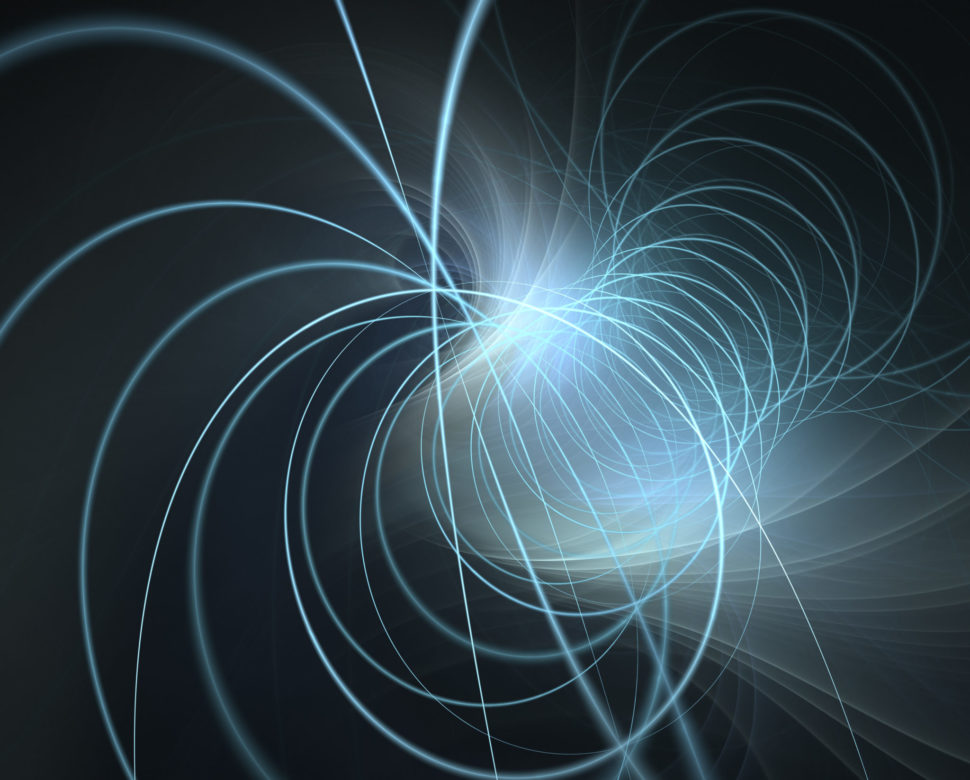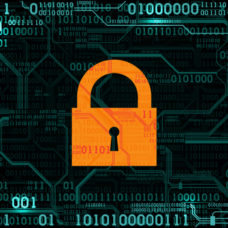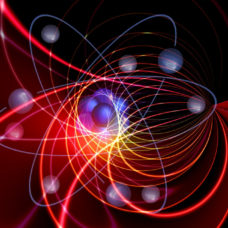For the first time, physicists observed a quantum phenomenon that Einstein and two of his colleagues hotly debated over eighty years ago: the Einstein Podolsky Rosen paradox.
In 1935, Einstein, and two other physicists, Boris Podolsky and Nathan Rosen, made a thought experiment that became famous and shed doubt over the quantum theory of physics.
The EPR Paradox, a Reflection on Quantum Mechanics
First published in the Physical Review journal (PDF), the problem is known as the Einstein-Podolsky-Rosen paradox, or the EPR Paradox.
The Einstein Podolsky Rosen argument involves quantum entanglement and superposition.
According to the superposition principle of quantum mechanics, unless a particle is measured, it remains in an uncertain state.
Measurement, or observation, destroys superposition, and the more precisely a quantum system is measured, the more indeterminate is the measurement of the other.
When two quantum systems, A and B, are in a state of entanglement, the state of one affects the other, whatever the distance between them.
In a nutshell, the Einstein Podolsky Rosen Paradox suggests that an observer, only based on the measurements of system A, could deduce the state of system B more precisely than an observer with direct access to it.
Einstein’s goal, and the trio’s thought experiment as a whole, is a criticism of the quantum theory that points to its contradictions, overall incompleteness, and inconsistencies with other laws in physics.
The Einstein Podolsky Rosen Paradox Observed
Now, after over eighty years since it was first brought up, the EPR paradox was observed in a quantum system.
Physicists at the University of Basel report the first observation of the EPR paradox as a quantum phenomenon in a system of several hundreds of atoms.
Using a laser, the team cooled hundreds of atoms to let quantum mechanics play its tricks. It then formed a multi-particle system in the form of Bose-Einstein condensate, the 5th state of matter, also predicted by Einstein back in the 1920s.
In a BEC, particles become multi-entangled and behave as a single system.
Researchers were able to make precise predictions about the state of regions simultaneously based on measurements of other regions in the multi-particle system.
“The results of the measurements in the two regions were so strongly correlated that they allowed us to demonstrate the EPR paradox,” said the lead author of the study. “It’s fascinating to observe such a fundamental phenomenon of quantum physics in ever larger systems. At the same time, our experiments establish a link between two of Einstein’s most important works.”
Beyond confirming yet another prediction by Einstein, this demonstration of the EPR Paradox could provide the basis for practical applications such as quantum sensors and new imaging techniques.



















Physics historians might be interested to know that, according to a letter from Einstein to Schrodinger, it was Podolsky who actually wrote the EPR paper in 1935.
The EPR paradox is that quantum mechanics predicts instantaneous correlations of measurements on entangled systems, but this would violate relativity.
What is new here is only that correlation was observed in a system with 100s of particles. Numerous experiments have shown instantaneous correlations for entangled pairs of particles, sometimes separated by kilometers. Although it may be a technological milestone, I do not see how it sheds new light on the EPR paradox.
The EPR effect does not violate relativity, because no energy or momentum has traveled between the two entangled particles.